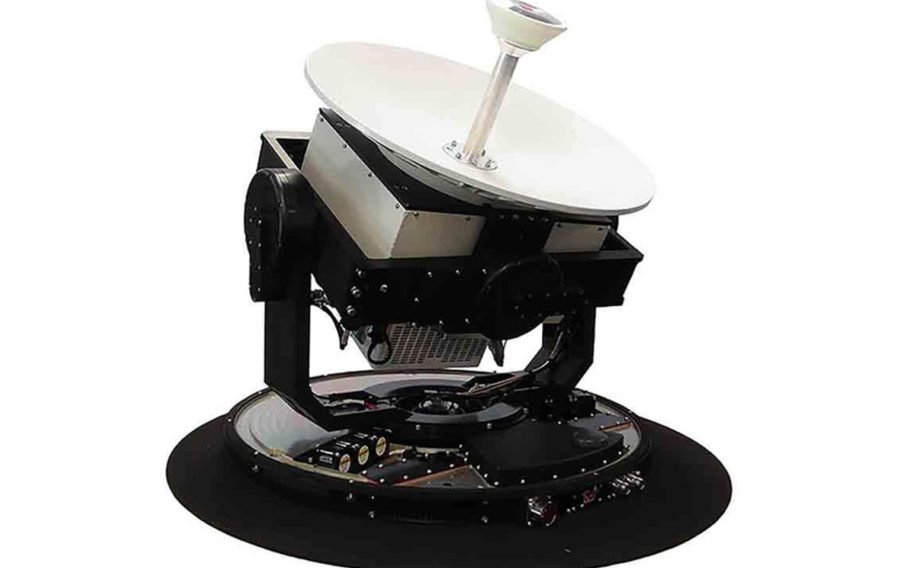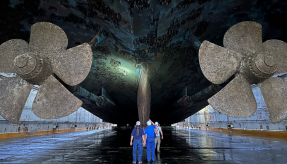
Australian defence scientists are working with colleagues from industry and academia on a satellite communications (SATCOM) research venture that has the potential to significantly enhance military capability.
The project will explore ways of integrating both laser-based optical and radio frequency (RF) communications technologies in a single SATCOM user terminal.
Known as Project CHORUS, which stands for Compact Hybrid Optical-RF User Segment, this is Defence’s first collaborative project to be launched through the SmartSat Cooperative Research Centre (CRC).
Chief Executive Officer and Managing Director of the SmartSat CRC, Andy Koronios, said the SmartSat CRC, in partnership with Defence, had established the project to develop world-leading Australian technologies that will improve the resilience of military satellite communications and potentially provide leapfrog technology for commercial markets.
“By combining optical and RF communications, satellite operators will have more options to provide high-availability, high-capacity and high-resilience satellite communications services without requiring additional access to scarce and expensive radio spectrum,” Professor Koronios said.
The research effort brings together experts from Defence Science and Technology (DST), industry partners EOS Space Systems and EM Solutions, Lyrebird Antenna Research and Shoal Group, and academic partners the Australian National University and the University of South Australia.
Gerald Bolding, Senior Research Scientist – Protected Satellite Communications within DST’s Cyber and Electronic Warfare Division, said the aim was to provide satellite operators with the best of both worlds, combining high data transfer rates and enhanced security promised by optical communications with the reliability of traditional RF communications.
“The end result will be the development of innovative technology options for integrating hybrid optical-RF SATCOM terminals into military aircraft, land vehicles and ships,” Dr Bolding said.
During the first phase of the research, the team will assess the viability of different design options and create a virtual representation, or ‘digital twin’, of the CHORUS concept to support the development of a demonstration terminal later in the project.
Funding for Phase 1 represents an investment by the SmartSat CRC and project participants of about $1 million over 12 months.
With total funding worth $245 million and involving more than 100 companies, start-ups and research organisations, the SmartSat CRC is Australia’s biggest space industry research-and-development collaboration. The research consortium formally opened for business in February.
Andrew Seedhouse, Chief of DST’s Intelligence, Surveillance and Space Division, said Defence was constantly looking for opportunities to collaborate with the brightest minds within Australian companies and universities to achieve better capability outcomes for the nation.
“Our involvement in the SmartSat CRC is a great example of this approach,” Mr Seedhouse said.
Defence will contribute $12 million in funding to the SmartSat CRC over seven years.
Original source: AUS DOD
image from EM Solutions
If you would like to join our community and read more articles like this then please click here.







